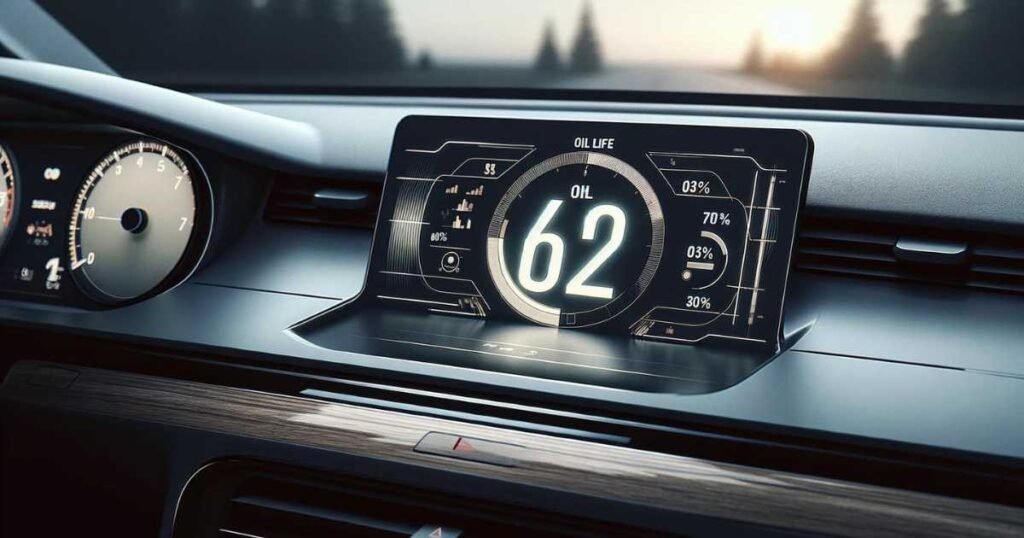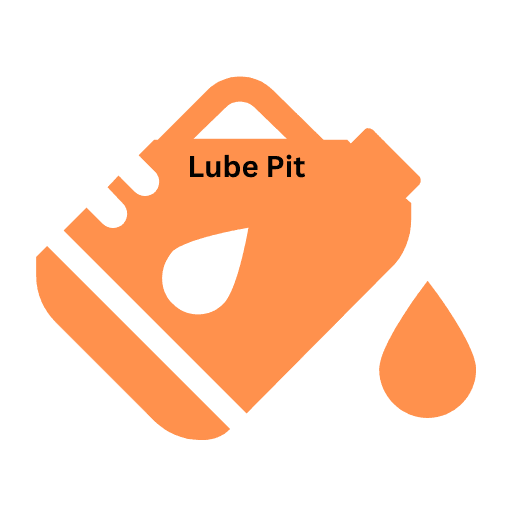Your car’s engine is like the heart of the vehicle, and the engine oil is like its blood. Just as blood is essential for our body, engine oil is very important for your car’s engine. It helps keep the engine’s parts moving smoothly without rubbing against each other too much. This is important because when parts rub together, it can cause damage.
But engine oil does not last forever. Over time, it gets old and doesn’t work as well. That’s why it’s important to change the engine oil regularly. Changing the engine oil is like giving your car fresh, healthy blood so it can keep running smoothly and last a long time.
This article will help you understand why changing your car’s engine oil is important and when you should do it. It’s like a guide to help you take good care of your car.
How Do I Know When to Change My Engine Oil?
There are two primary methods vehicle owners use to determine the appropriate time for an oil change:
- Manufacturer’s Recommended Intervals: Check your vehicle’s owner’s manual. Historically, fixed mileage intervals (like every 3,000-5,000 miles) were standard. However, advancements in engine design and oil formulations (especially synthetics) have significantly extended these intervals for many modern vehicles. Your manual provides the definitive schedule, which might range from 5,000 to 15,000 miles or more, often including a time limit (e.g., 12 months), whichever comes first. Always prioritize this manufacturer’s recommendation.
- Oil Life Monitoring Systems (OLMS): Most modern vehicles feature an OLMS displayed on the dashboard. This system uses sophisticated algorithms, analyzing various inputs like engine speed (RPMs), operating temperatures, trip duration, driving conditions (stop-and-go vs. highway), cold starts, and time since the last reset to estimate the oil’s remaining useful life. It doesn’t just track mileage.
What Percentage Should You Change Your Oil?
The OLMS percentage provides a valuable, personalized estimate of your oil’s condition based on your actual driving patterns. Here’s a general guide to interpreting the readings:
- Above 40%: Oil life is generally considered sufficient. No immediate action is typically needed unless approaching the manufacturer’s time-based limit (e.g., 12 months).
- 20% – 30%: When should I schedule an oil change? This is a good window to schedule your next oil change soon, providing flexibility without risking engine health.
- Below 15%: How urgent is an oil change now? Plan to get the oil changed as soon as practically possible. This indicates the oil is nearing the end of its effective service life according to the system’s calculations.
- 0% or “Change Engine Oil Soon” Light: What does 0% mean? The oil change is now due. Do not delay service significantly beyond this point.

Can I Fully Rely on My Car’s Oil Life Monitor?
While OLMS technology is advanced, remember it’s an estimation tool, not a direct measure of oil quality. Key considerations include:
- Inference, Not Analysis: The system infers oil life based on operating parameters; it doesn’t physically test the oil’s condition.
- Severe Conditions Impact: If you frequently operate under “severe service” conditions (heavy towing, extensive idling, dusty environments, very short trips in cold weather), the oil may degrade faster than the monitor indicates. Consult your owner’s manual, as it might recommend shorter intervals for severe service regardless of the monitor reading.
- Potential Sensor Malfunctions: Though uncommon, OLMS sensors can fail, potentially leading to inaccurate readings.
Therefore, use the OLMS as a primary guide, but always cross-reference with your owner’s manual’s maximum mileage/time recommendations and consider your specific driving conditions.
What Factors Can Shorten My Oil Change Interval?
Regardless of the OLMS reading or standard mileage recommendations, certain factors necessitate more frequent oil changes:
- Severe Driving Conditions: Regularly driving in heavy stop-and-go traffic, frequent short trips (engine doesn’t fully warm up), towing heavy loads, driving in extreme temperatures (hot or cold), or driving in dusty/dirty environments.
- Vehicle Age and Condition: Older engines or those with existing wear may contaminate oil more quickly.
- Oil Type Used: Ensure you’re using the type specified or recommended in your owner’s manual. While synthetics last longer than conventional ones, they still degrade.
Why Are Timely Oil Changes So Critical?
Delaying oil changes beyond recommended intervals can lead to significant problems. Why does it matter so much?
- Increased Engine Wear: Degraded oil loses lubricity, increasing friction and accelerating wear on vital components.
- Sludge Formation: Old oil can thicken into sludge, obstructing oil passages and starving parts of lubrication.
- Risk of Overheating: Dirty oil is less effective at cooling the engine.
- Reduced Fuel Efficiency: Increased friction makes the engine work harder, using more fuel.
- Internal Corrosion: Protective additives deplete, leaving metal surfaces vulnerable.
- Risk of Catastrophic Failure: Extreme neglect can lead to oil starvation and engine seizure.
What Happens if Oil Life Reaches 0%?
Driving significantly past the 0% mark or the “Change Oil” indicator means operating the engine with oil that has likely lost most of its protective qualities. The risks of accelerated wear, sludge formation, and potential engine damage increase dramatically with every mile driven. It is critical to service the vehicle promptly when the indicator reaches this level.

How Long Will 15% oil Last?
Unfortunately, there’s yet to be a definitive answer to how long 15% oil life will last in terms of miles or time. It depends on various factors like:
- Driving habits: Frequent stop-and-go traffic, short trips, and towing put more stress on the oil, requiring earlier changes.
- Oil type: Synthetic oils generally last longer than conventional oils.
- Environmental conditions: Extreme heat or cold can accelerate oil degradation.
Therefore, it’s crucial to pay attention to your driving habits and environmental conditions and adjust your oil change schedule accordingly. If you need more clarification, consulting a qualified mechanic is always recommended.
Why do Timely Oil Changes Matter?
Skipping oil changes or waiting too long to change your oil isn’t suitable for your car. Here’s why changing your oil when you should be really important:
- Less wear and tear on your engine: New oil keeps everything in your engine moving smoothly. This means there’s less rubbing between parts, and they last longer.
- Better fuel efficiency: When your oil is clean, your engine runs more smoothly. This can help your car use less gas.
- Prevents damage to your engine: If you don’t change your oil when you should, it can get dirty and turn into sludge. This sludge can block the oil from moving around in your engine, leading to significant problems and even damaging your engine badly.
Can You Rely on Oil Life Indicators?
Oil life indicators are valuable tools in your car, but it’s important to remember they could be better. These indicators work using special computer programs, but sometimes, they might need to get everything right. This is because they sometimes consider the unique ways you use your car.
For example, if you drive in very hot or cold weather, pull heavy loads, or drive on rough, off-road paths, your car’s oil might get used up faster than the indicator says.
Also, like any other part of your car, the sensor that checks the oil life can stop working properly. If this happens, it might give you the wrong information about your oil. That’s why relying on something other than what the oil life indicator tells you is a good idea.
A smart move is to use the oil life indicator as a guide but also use your own judgment. It’s like having an extra helper when making decisions about your car. Plus, always check your car’s owner’s manual. It has specific advice on when to change your oil, tailored to your car model. This way, you can make sure your car stays healthy and runs smoothly.
Bottom Line
Regular oil changes using the correct type of oil are one of the most critical and cost-effective maintenance procedures. While Oil Life Monitoring Systems offer convenient estimates, always consult your owner’s manual for definitive recommendations. Factor in your driving habits, and be proactive – it’s an investment in preventing far more expensive future repairs.
FAQs
What are the risks of operating a vehicle with depleted oil life?
Driving with low oil life (e.g., below 15%) is detrimental. Degraded oil leads to: Increased friction and wear, overheating risk, sludge buildup, and reduced performance/efficiency. Continued operation significantly past 0% drastically raises the likelihood of severe engine damage.
Should I change my oil to 25% oil life?
It’s generally earlier than needed for normal driving but acceptable if you drive under severe conditions, prefer conservative maintenance, or are nearing the time limit (e.g., 12 months). Otherwise, waiting until around 15% is usually fine, but schedule service before 0%.
Is 10% oil life okay?
It means an oil change is needed very soon. The oil’s protection is significantly reduced. Get it changed promptly and avoid strenuous driving. Don’t wait for 0%.
Should I change oil at 5 percent?
No, this is strongly discouraged. The oil is likely offering minimal protection. The risk of engine wear and damage is substantial. Treat 5% (or anything below 15%) as an urgent need for service.
What are the different types of oil available for cars?
Main types are Conventional, Synthetic Blend, Full Synthetic, and High-Mileage oils. Each suits different needs and engine requirements. Always use the type and viscosity grade (e.g., 5W-30) recommended in your owner’s manual.
How much does an oil change typically cost?
Costs vary by location, vehicle, oil type, and service center. Expect roughly 80 for conventional and 120+ for full synthetic changes.

